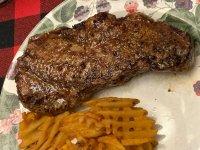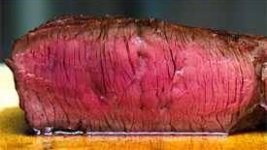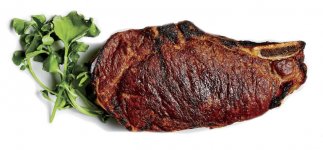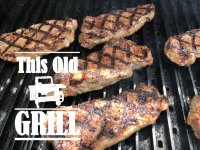Well the guy certainly knows a lot about bbq. I had previously read what he said about GrillGrates.
I think that his overall assertion that a uniform brown (not burnt black as I have seen some brag about) being the goal is hard to argue with. Larry has said pretty much the same thing. How you get there is more of a personal matter.
Larry would argue, I believe, that the thickest, tightest stainless rods are the way to go. He has shown us some awesome looking food to back up his claim.
Meathead isn’t a fan of my favorite - cast iron - either. But I am ok with the work and torments it can bring. (He is spot on about taking your cast iron grates inside cleaned and dry if you aren’t going to use them for a while.) I have had recent success with getting what I felt was good color on my steaks with cast iron by following Larry’s advice of not going for the highest temperature possible. I also did my crosshatch method that with thick, tight grates gives broad coverage from direct contact with the grates.
View attachment 20195
GrillGrates - Meathead’s surprising recommendation have strong merits but also limitations. I will step aside from the health issues of grilling with aluminum. It is very controversial. If you believe it is unsafe then no point in considering these. As far as how they work, I have found them unexcelled at making razor sharp grill marks. I agree with Meathead (and others here) who say that grill marks are just “eye candy” but I like it and my guests seem to as well. That is a part of the experience food provides.
I am going to try experimenting with using the flat side of my GrillGrates to briefly sear - not burn - my steaks before switching to the regular side. My goal will be more brown crust but augmented with noticeable grill marks.
The last thing I will say in support of GrillGrates is that they will take a grill with unevenness and annoying hot spots and even things out considerably while eliminating almost all flare ups. They work very well with fish and chicken with skin on, even things like pineapple slices. You also don’t have to worry about shrimp or asparagus falling through.






